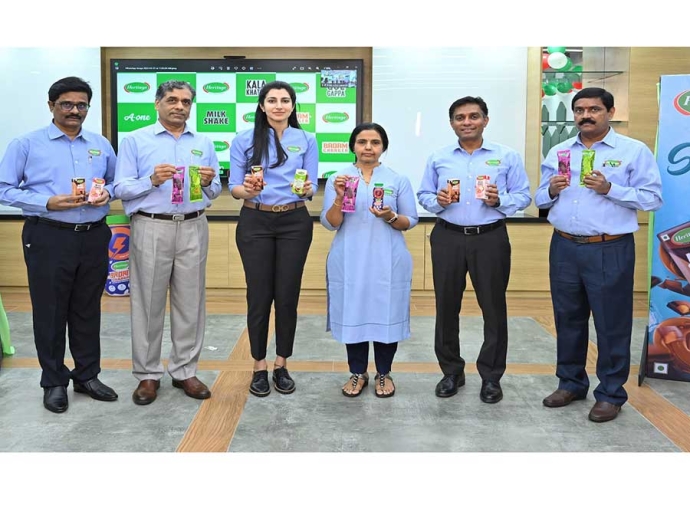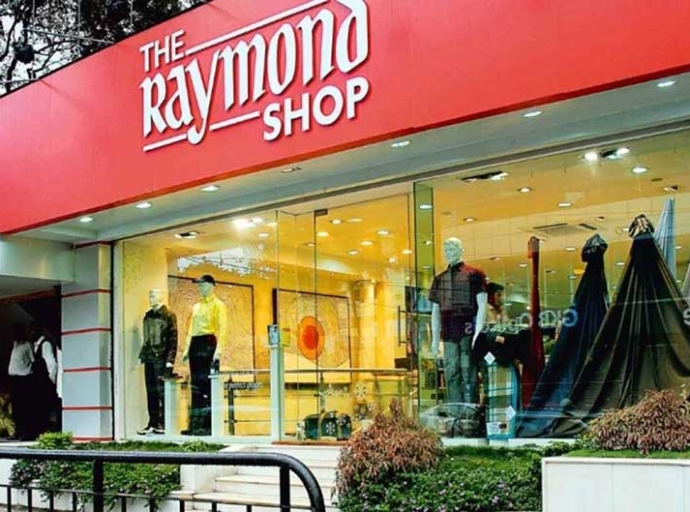Global fast fashion giants battle it out in booming Indian market

The Indian fashion retail sector is witnessing a sizzling growth spurt, with global fast-fashion brands vying for a piece of the pie. Among the key players are international fast-fashion giants like Zara, H&M, Uniqlo, and Gap, all vying for a piece of this lucrative pie. But who's leading the pack, and how are they tailoring their strategies for the unique Indian market?
H&M takes the lead, for now
Currently, H&M seems to be a step ahead. H&M entered the Indian market in 2011, giving them a head start in establishing brand recognition and customer loyalty. A report by Coherent Market Insights pegs H&M as the leader in the Indian fast-fashion market, followed by Zara. This dominance can be attributed to several factors. Firstly, H&M boasts the widest physical presence in India, with over 50 stores compared to Zara's 30 (as of June 2024). Secondly, H&M offers a wider product range, catering not just to women but also men and children, giving it a broader customer base. As H&M's India country manager opines, “In India, we see a strong demand for fashion and value for money, and we are committed to offering our customers the latest trends at the best price.”
Table: Brands and their store network
|
Retailer |
Number of Stores (India) |
New stores in 2-3 years |
|
|
H&M |
57 |
Targeting 75-80 stores |
|
|
Zara |
23 |
Aiming for 30-35 stores |
|
|
Uniqlo |
18 |
Projecting 25-30 stores |
|
|
Gap |
15 |
Expected to reach 20-25 stores |
A growing retail footprint
All four brands – H&M, Zara, Uniqlo, and Gap – are steadily expanding their physical presence. Uniqlo, for instance, witnessed a 60 per cent jump in sales in the past two years and plans to double its store count in India by 2025. Zara and H&M are likely to follow suit. This aggressive expansion indicates the immense potential these brands see in the Indian market.
While all four brands operate in the fast-fashion space, they have subtle differences in their approach:
Zara: Known for its high fashion-inspired designs and quicker turnaround times, targeting trend-conscious young adults.
H&M: Offers a wider variety of clothing for men, women, and children, appealing to families and budget-conscious shoppers.
Uniqlo: Focuses on high-quality basics and innovative fabrics like LifeWear, attracting a more mature audience seeking comfort and functionality.
Gap: Offers classic American casual wear with a focus on denim, targeting a broad customer base.
The Indian fast-fashion market is already quite competitive. Not only are these global giants vying for market share, but they also face competition from domestic players like Fabindia and AND, as well as the growing popularity of online retailers like Myntra and Flipkart.
To differentiate themselves, these brands are focusing on. First an omnichannel strategy that is blending online and offline experiences with features like click-and-collect and mobile shopping apps. They are also taking up sustainability initiatives in earnest. Uniqlo's focus on recycled materials and H&M's garment collection program are examples of efforts to tap into the growing eco-conscious consumer base. Moreover, customization and personalization is also a top priority. Zara's studio concept allows limited edition pieces and tailoring options, while H&M offers personalized recommendations through its loyalty program.
Financial performance a mixed bag
Financial performance varies across these brands. H&M has reported strong growth in India, with a 40 per cent increase in sales over the past two years. Similarly, Zara also saw 40 per cent rise in its topline. Uniqlo has also seen a significant jump in sales, while Gap is facing challenges in some global markets. H&M's success in India highlights the importance of localization. In 2019, they launched a collection featuring saris and kurtas with a modern twist, which resonated well with Indian customers. This demonstrates the power of adapting product offerings to local preferences.
The Indian fast-fashion market is witnessing robust growth, and global giants are well-positioned to capitalize on this. By focusing on a combination of affordability, trend-driven designs, and catering to local preferences, these brands can ensure their continued success in the Indian market. However, the fight for the top spot is likely to intensify, with competition set to become even more fierce in coming years.
Latest Publications

































